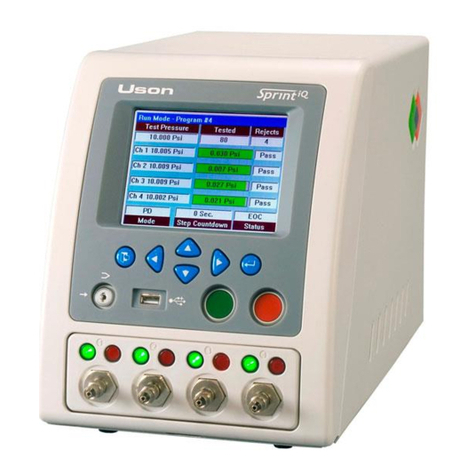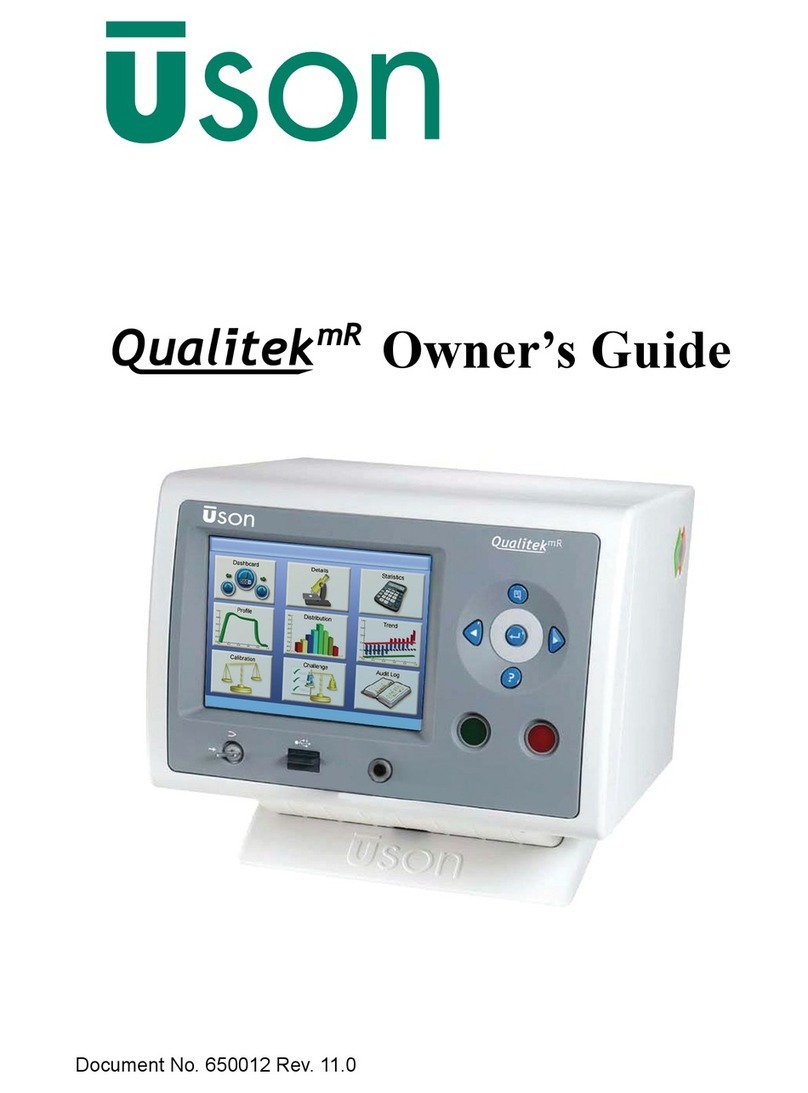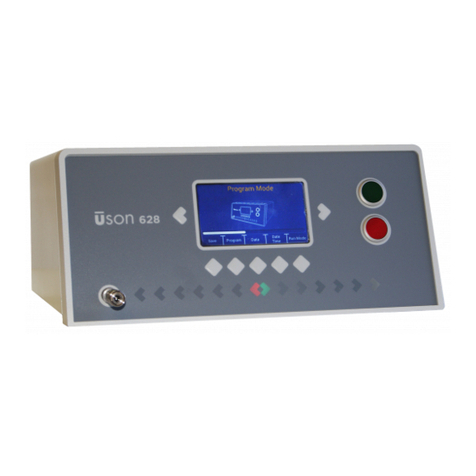
1
TableofContents
Section1:Safety......................................................................................................................2
SafetyPrecautions(English).............................................................................................................2
SafetyPrecautions(Español)............................................................................................................3
Section2:Introduction............................................................................................................4
Overview.........................................................................................................................................4
Specifications...................................................................................................................................5
HowitWorks...................................................................................................................................5
GettingStarted................................................................................................................................6
SystemTest/ChamberSealTest...........................................................................................................................9
LidAdjust............................................................................................................................................................10
Section3:Operation..............................................................................................................11
TestingPrinciple.............................................................................................................................11
Testing...........................................................................................................................................12
Pre‐ProgrammedTests......................................................................................................................................13
ProgrammingaNewTest....................................................................................................................................14
ChallengeTest.....................................................................................................................................................17
Section4:Maintenance.........................................................................................................19
RoutineMaintenance.....................................................................................................................19
Daily....................................................................................................................................................................19
Weekly................................................................................................................................................................19
SixMonths..........................................................................................................................................................19
Annually..............................................................................................................................................................19
Cleaning..............................................................................................................................................................20
































